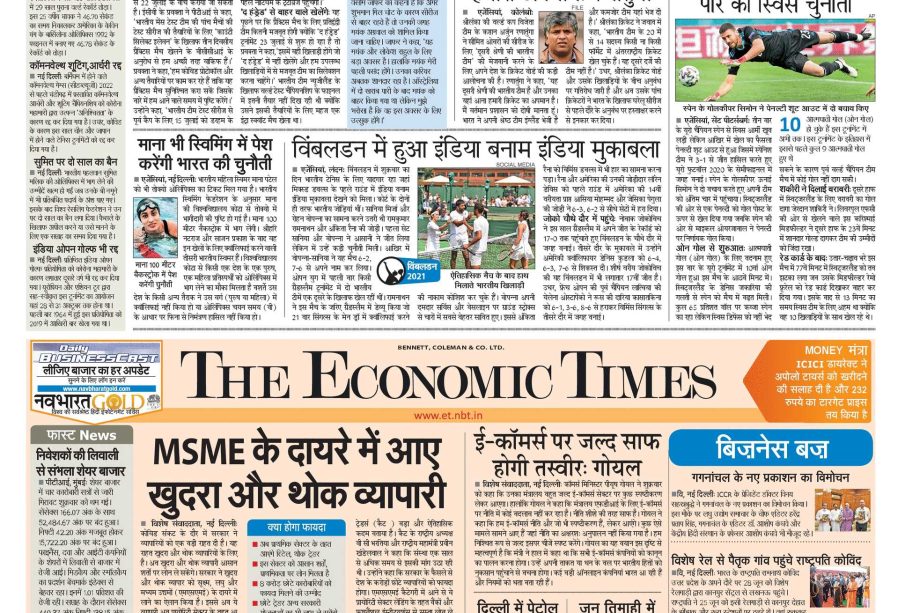Exploring Navbharat Times: A Cornerstone of Hindi Journalism

Introduction to Navbharat Times
Navbharat Times (NBT) holds a significant place in the Indian media landscape, being one of the most circulated Hindi-language newspapers in the country. Founded in 1947, shortly after India gained independence, it has been instrumental in informing and shaping public opinion across a diverse audience. The publication not only provides news but also offers deep insights into the socio-political climate of India, making it relevant for millions of readers.
Recent Developments
In recent years, Navbharat Times has embraced digital transformation, expanding its reach through online platforms. This move is significant in the context of rapidly rising internet penetration in India. According to the Internet and Mobile Association of India (IAMAI), more than 700 million Indians are now online, leading traditional media outlets to innovate in how they disseminate news.
In October 2023, the newspaper reported on several pivotal events, including the ongoing political developments surrounding state elections in Madhya Pradesh and Rajasthan. With in-depth coverage and expert analysis, NBT provides its readers with a well-rounded understanding of these events. Furthermore, its focus on local news caters to regional audiences, a strategy that has been pivotal in maintaining its readership in a competitive media environment.
Challenges and Opportunities
Despite its robust position, Navbharat Times faces challenges common to traditional print media, such as decreasing print circulation due to the rise of digital news consumption. A report by the National Readership Survey in 2022 indicated a slow decline in newspaper readership, which has prompted NBT to invest in more digital content, mobile apps, and social media engagement. This strategy aims to attract younger audiences who prefer consuming news on the go.
Moreover, the demand for fact-based journalism has grown, given the proliferation of misinformation online. Navbharat Times has taken steps to enhance its credibility by fact-checking its reports and employing trained journalists skilled in investigative reporting.
Conclusion
Navbharat Times remains a pillar of Hindi journalism and a vital source of information for its readers amid a rapidly changing media landscape. Its commitment to quality reporting and adaptation to digital trends underscores its importance in contemporary India. As it continues to evolve, the newspaper is poised to maintain its influence and relevance in informing the public about crucial national and local issues. For readers, it signifies a trusted source amidst the noise of information, making it an essential part of India’s media ecosystem.









